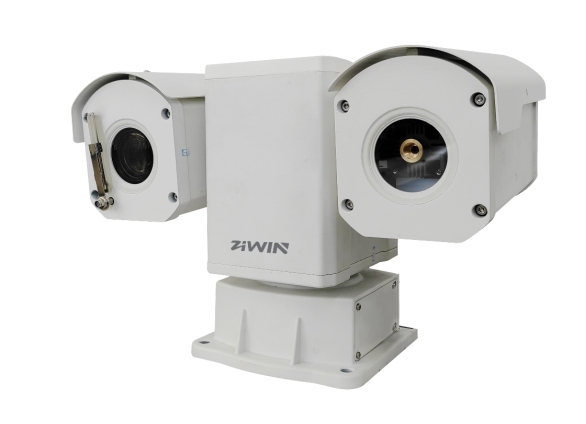
*2-Axis vs 3-Axis Pan-Tilt Heads: Precision Positioning Showdown for PTZ Cameras*
Comparing 2-axis and 3-axis pan and tilt units? Discover which mechanism delivers better coverage for your pan tilt positioner system.
When specifying a pan and tilt positioner, the number of movement axes directly impacts:
• Camera coverage area
• Mechanical complexity
• Maintenance requirements
Let's break down both systems using our light duty pan tilt head/unit product line as examples.
Movement:
↔ Pan (Horizontal): 0° to 350° rotation
↕ Tilt (Vertical): -30° to +90°
Advantages:
✓ Lower cost – Fewer moving parts
✓ Higher payload capacity – Supports heavier cameras
✓ Simpler maintenance – Our 2-axis pan tilt head needs lubrication only annually
Limitations:
✗ Dead zones – Can't point straight up (zenith position)
Best Applications:
• Parking lot surveillance
• Retail store monitoring
• POE pan and tilt units
Added Movement:
Roll (Third Axis): ±15° camera rotation
Advantages:
✓ Zero blind spots – Can track objects moving overhead
✓ Image stabilization – Compensates for wind vibration on poles
✓ Precision tracking – Our 3-axis pan tilt head achieves 0.01° positioning accuracy
Limitations:
✗ 15-20% higher cost
✗ More frequent calibration – Recommended every 6 months
Case Study:
A German wind farm reduced turbine inspection time by 40% using 3-axis pan and tilt positioners with thermal cameras.
Choose 2-Axis If:
☑ Budget-conscious project
☑ No zenith viewing requirement
☑ Using with standard ONVIF pan tilt unit
Choose 3-Axis If:
☑ Tracking drones/aircraft
☑ Bridge/ceiling mounting
☑ Paired with high-megapixel cameras
Call to Action:
Still undecided? Download our free axis selection guide or [test both mechanisms in our sample: sales@ziwincctv.com